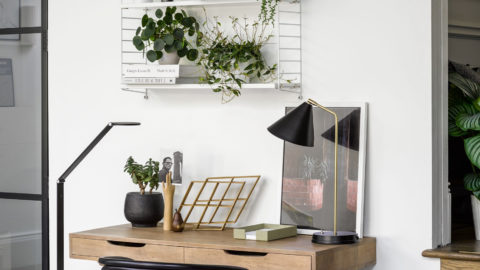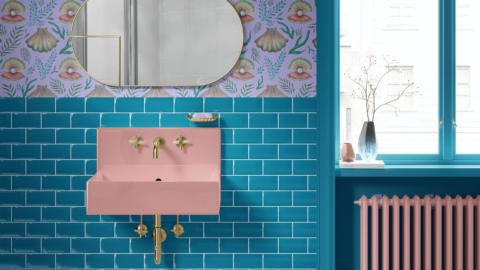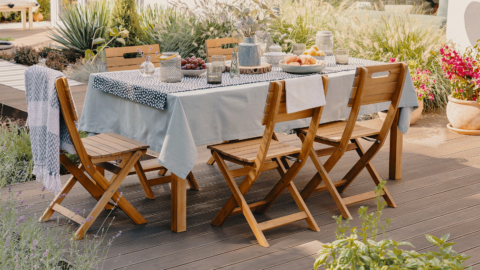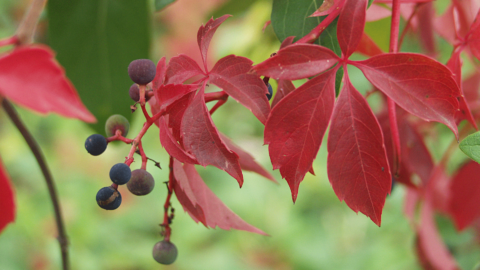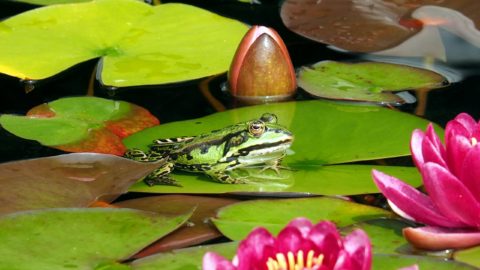Hot Favourites
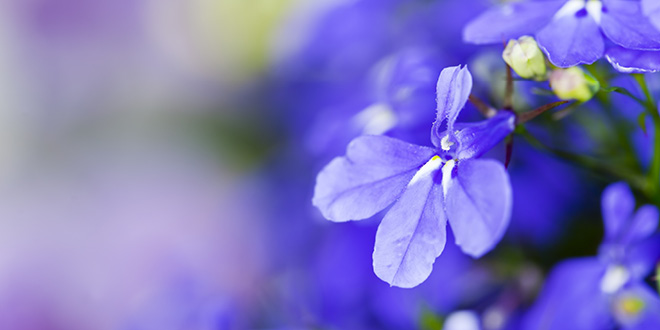
Our summer weather isn’t usually unbearably warm; in fact it is often pretty cool and a little bit of extra heat would be very welcome. With a little bit of planning and some careful planting, you could turn your garden into the hottest site out, regardless of the real weather. You can plant to create a mass of hot colours. All you have to do is plant beds, borders or containers full of hot reds, screaming yellows and glowing oranges. True, most of the planting is best done in the autumn, but a visit to a garden centre at this time of year will reveal a fabulous display of plants which can be put to good use in your garden now.
For real energy and vibrancy, choose plenty of yellows and golds, including some of the golden rods (Solidago), which should be flowering well into September.
I am a great fan of coreopsis, including the various forms of Coreopsis verticillata, which flowers well into the autumn and is unlikely to need staking.
If you like to see flat looking flower heads in your garden then take a closer peep at some of the achilleas, including ‘Coronation Gold’.
No late summer border is complete without the cone flowers or rudbekias with their deliciously bright, daisy-like flowers – these should last you through October.
For some screaming scarlets and other shades of red, consider growing the dahlia ‘Bishop of Llandaff’, Crocosmia ‘Lucifer’, Lychnis chalcedonica.
In damper areas you could use Lobelia ‘Queen Victoria’ or many of the other moisture-loving types of lobelia which produce huge spires of red flowers, so different from those tiny blue, pink and white bedding lobelias which are more widely grown.
Don’t forget to tend to your hot border again in the autumn, when you will find small versions of many of these plants readily available in garden centres, often at only a couple of pounds per pot and when you will also be able to plant some more warming oranges and reds using bulbs and corms.
To make sure that your summer time plantings do well, take heed of the following tips:
- If it’s a hot day, try to plant in early evening or at least late afternoon when the main heat of the sun has died down.
- Always make sure that plants are really well watered before you put them in the ground.
- Soak the compost thoroughly and make sure that it’s wetted right to the base before you begin.
- Incorporate plenty of bulky organic matter, such as garden compost, well-rotted manure or some proprietary compost from your garden centre, as this will help to retain moisture.
- Once the plants are in position, water them in thoroughly – the water needs to go right down to where the plant needs it, at its roots.
- Once the soil is moist, apply a good, deep mulch of 2–3 inches (5–7.5 cm), all around the soil surface. This will help to keep moisture in, protect the plant
roots from the heat of the sun and at the same time keep weeds at bay.

